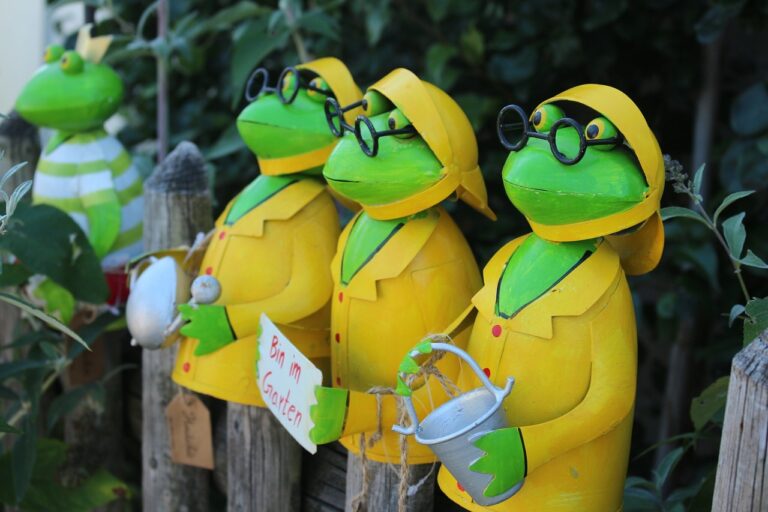Understanding Art Market Cycles: Strategies for Timing Investments: Sky.247, Diamondexch9 com, Tiger exchange vip
sky.247, diamondexch9 com, tiger exchange vip: Understanding Art Market Cycles: Strategies for Timing Investments
The art market is a dynamic and often unpredictable industry. Art values can fluctuate significantly due to various factors, including economic conditions, trends in the art world, and changes in consumer preferences. For investors looking to enter the art market, understanding art market cycles is crucial for making informed decisions and maximizing returns on their investments.
Here are some strategies for timing investments in the art market:
1. Research the Market Trends
One of the most critical steps in timing art investments is to research and understand the current market trends. Keep an eye on auction results, art fairs, and gallery exhibitions to get a sense of which artists and styles are in demand. This information will help you make more informed decisions when buying and selling art.
2. Diversify Your Art Portfolio
Just like any other investment, diversification is key to managing risk in the art market. Consider investing in a variety of artists, styles, and mediums to spread out your risk. Diversification can help protect your portfolio from market fluctuations and ensure a more stable return on investment.
3. Buy Low, Sell High
The golden rule of investing also applies to the art market buy low and sell high. Look for opportunities to purchase artworks below their market value, such as emerging artists or undervalued pieces by established artists. Be patient and wait for the right time to sell when the market is strong to maximize your profits.
4. Monitor Economic Indicators
Keep an eye on economic indicators that could influence the art market, such as interest rates, inflation, and consumer spending. A strong economy typically leads to increased art sales and higher prices, while a recession can cause a downturn in the art market. Understanding these factors can help you make strategic investment decisions.
5. Network with Art Professionals
Building relationships with art dealers, collectors, and experts in the industry can provide valuable insights into the art market. Attend art events, auctions, and exhibitions to connect with people who can offer guidance and advice on timing your art investments. Networking can also help you discover new opportunities and access exclusive deals.
6. Be Patient and Stay Informed
Timing the art market is not an exact science, and there will always be some degree of uncertainty. Be patient and take the time to research and analyze market trends before making any investment decisions. Stay informed about the art world and be prepared to adapt your strategies as the market evolves.
In conclusion, understanding art market cycles is essential for timing investments effectively. By researching market trends, diversifying your art portfolio, buying low and selling high, monitoring economic indicators, networking with art professionals, and staying informed, you can increase your chances of success in the art market.
FAQs
Q: Is investing in art a reliable way to make money?
A: Investing in art can be profitable, but it also comes with risks. It’s essential to do thorough research and due diligence before investing in art to increase your chances of success.
Q: How can I determine the value of an artwork?
A: The value of an artwork is influenced by various factors, including the artist’s reputation, the provenance of the piece, its condition, and market demand. Consulting with art appraisers and experts can help you assess the value of an artwork accurately.
Q: Should I consider investing in art funds or ETFs?
A: Art funds and ETFs can provide a more accessible way to invest in art for those who don’t want to buy individual artworks. However, it’s essential to carefully evaluate the fund’s performance, fees, and investment strategy before investing.
Q: How long should I hold onto an artwork before selling it?
A: The holding period for an artwork can vary depending on market conditions and the specific piece. Some investors prefer to hold onto artworks for several years to maximize their returns, while others may sell sooner if they see an opportunity to profit.
Q: Are there any tax considerations for art investments?
A: Yes, there are tax implications to consider when investing in art, such as capital gains taxes and estate taxes. Consult with a tax professional or art advisor to understand the tax implications of your art investments.







